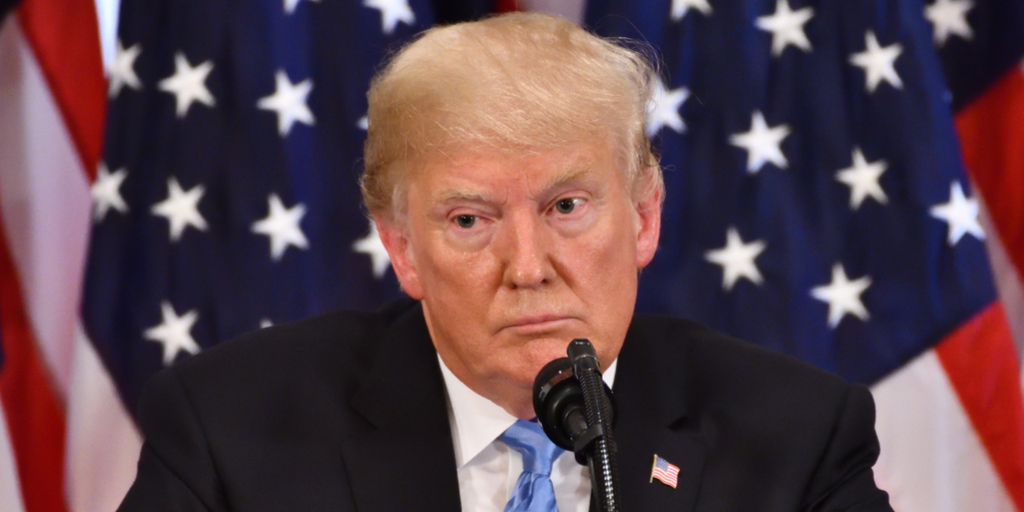A more balanced critique of the Attorney General's view of the scope of executive power would be both more persuasive and less polarizing.
The President’s Emergency Declaration Is the Congressional Check on Presidential Power
We can certainly discuss whether Congress can do more to rein in presidential emergency powers. But the notion that Congress did not anticipate the possibility a president might abuse emergency powers when enacting the National Emergencies Act in 1976 turns the purpose and effect of the Act upside-down. The Act itself—and the declaration requirement in particular—is a congressional limitation on executive power, not an authorization or grant of new emergency powers.
First and foremost, the National Emergencies Act (50 U.S.C. §§ 1601-1651) does not itself grant or delegate any emergency powers to the president. The Act sets out requirements for the President to follow in order to use emergency powers already delegated in other, already existing legislation. The declaration requirement is a congressional requirement placed on the president both to trigger public attention to the president’s action and to create the possibility of a congressional negative on the president’s action.
The Act itself regulates presidential emergency powers enacted in other legislation Congress passed. Here’s the sequence: Congress enacts some law granting the president the power to act in a specified fashion in an emergency. The National Emergencies Act then adds the additional requirement that the president officially declare a national emergency in order to access that previously granted power.
But that’s not all. The National Emergencies Act did not simply impose the formalism of a presidential declaration in order to access congressionally-delegated emergency powers. The Act created an additional congressional check on the exercise of presidential emergency power in the form of a legislative veto. To wit, Congress could reverse the president’s declaration—and so prevent the use of emergency powers that Congress itself granted to the president—by a majority vote of both chambers.
The Supreme Court put the kibosh on congressional actions of this sort in INS v. Chadha (1983). The Court said the congressional “veto” was in fact legislation. And, according to the Constitution, legislation requires the president’s signature.
In response to the Supreme Court’s decision, Congress amended the National Emergencies Act so that the president’s declaration could be reversed by a joint resolution of Congress. The thing is, joint resolutions can be vetoed by the president, subject to the veto override power the Constitution gives to Congress.
To be sure, it is more difficult for Congress to take an action that requires a two-thirds vote of each body relative to an action that requires a vote of fifty percent plus one of each body. At the same time, Congress still has a formal check on the president’s emergency powers. The Supreme Court’s decision in Chadha increased the required majority in each house needed to stop the president by 16.7 percent relative to the requirements of legislative veto. Whether one thinks this is a big percentage or small, the marginal increase in congressional majorities does not give carte blanche to the president.
Beyond Congress’s formal power to overturn a president’s emergency declaration, two additional controls exist on presidential emergency powers. The first is that Congress need not delegate emergency powers to the president in the first place. Or it can more carefully circumscribe what emergency powers it does choose to give to the president. One problem with the legislative veto is that it allows legislatures to construct their own moral hazard: the possibility of a post hoc legislative “veto” allows legislatures to insure against executive actions, thereby inducing sloppier drafting of the initial statutes. It is unclear in the abstract that the existence of a legislative veto improves legislative accountability in the aggregate.
The second check on presidential power the National Emergencies Act facilitates is the activation of public opinion. The declaration requirement is meant to create a trigger not only for congressional action but aims as well to draw public attention to the president’s action. Recall the Act was part of the post-Vietnam/post-Watergate attention that Congress paid to unchecked presidential power. Part of the expectation was that increased transparency would itself curb executive overreach by triggering public attention.
Unanticipated at the time is that public attention need not weigh in only on the side of Congress. Indeed, it seems likely President Trump actually welcomes the drama a declaration of national emergency would create. Further, as even hostile legal opinion holds, the administration doesn’t even need an emergency declaration to access two out of the three funding sources it plans to use for the wall.
In many countries a declaration of national emergency is a big thing. Declarations allow the suspension of significant rights and liberties for the duration. Despite the congressionally-authorized language of “national emergency” used in the National Emergencies Act, there is much less than meets the eye in national emergency declarations in the U.S., including this one. President Trump’s declaration of a national emergency is the check on executive prerogative, not the exercise of it.


